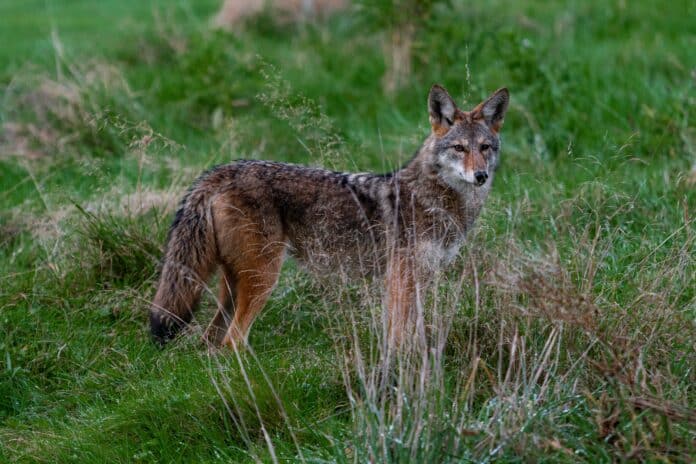There are many ways to improve and increase populations of wildlife on any specific tract of land. Over the years, I’ve spent an awful lot of time and effort to improve habitat and carefully manage wildlife populations using a variety of methods. I’ve cut and thinned underbrush, opened trails, selectively removed trees here and there to increase sunlight reaching the ground for grasses and briars to flourish. Often, I’ve carried bags of fertilizer out to the forest to improve mast production of oak, hickory and pecan trees and native fruit trees such as wild plum, mulberry and persimmon trees. Fertilizer goes a long way in the growth and production of a variety of grape and berry vines.
I can’t count the hours I’ve spent on the backside of tillers preparing food plots to plant a variety of healthy forage to ensure that all native wildlife is well fed and as healthy as possible. As well, I supplement the diet with salt and minerals, all with the intent to not only attract wildlife to the area, but to improve their health and well-being. Another key tool to wildlife management, which greatly impacts the wildlife for the better is selective harvest.
A lot of people who don’t participate in the hunting sports may have a hard time understanding the harvest. But, it truly is possible for us to love the wildlife and still hunt them while benefiting from that hunt in order to supplement and provide our families meals of organic, free-range protein. I’m not going to enter a conversation on the ethics and morality behind the hunt, but rather state that there has been a lot of testimony amongst the scientific community supporting selective harvest as an important tool of wildlife management.
And one tool of management, so often overlooked, yet which I am very proactive about, is predator control. It really doesn’t matter how much time and effort you put into designing a perfect habitat for wildlife when you have a non-native, invasive species on the loose on your property. I’m talking about coyotes. Coyotes are indiscriminate killers and are running free three hundred and sixty-five days a year, killing off native wildlife. And in urban areas, they readily prey upon small dogs and cats as well. Am I the only one noticing all of the missing pet notices stapled to telephone poles about our county?
Trapping is a very effective method of reducing the populations of these year-round poachers, but sadly, very few of our public lands allow trapping. Of the properties which do allow it, their rules greatly inhibit a trapper’s success with archaic laws, limiting the tools of a trapper’s trade. Therefore, the only real alternative left for conservation minded outdoorsmen is to actively hunt and shoot them.
Coyotes are always on the move and require very little sleep so sneaking up on one is quite rare. And because they are constantly on the move, wandering hither and thither about the area with no specific pattern to their travels, so still hunting them too is an extremely low percentage strategy. The most effective way to hunt these apex predators is by calling to them. Calling to entice them into the open and within range of a well-placed shot is still quite a challenge as it requires a lot of education on the hunter’s part, in learning the various sound and vocalizations of the coyote.
I admit, calling to them is something I greatly enjoy. In order to become successful, I’ve had to study the coyote’s habits and mannerisms thoroughly and as well learn their vocalizations. They’re not mute little critters slipping through the forest, other than their famous howling, they have an extensive range of sounds. Knowing which sounds to reproduce and when, is the key to being able to hunt them and keep their numbers in check.
For any of you getting outdoors this weekend, I wish you the best of luck! And if any of you would like to learn more about the coyote and hunting them, feel free to reach out to me at [email protected]. God Bless and good hunting!

